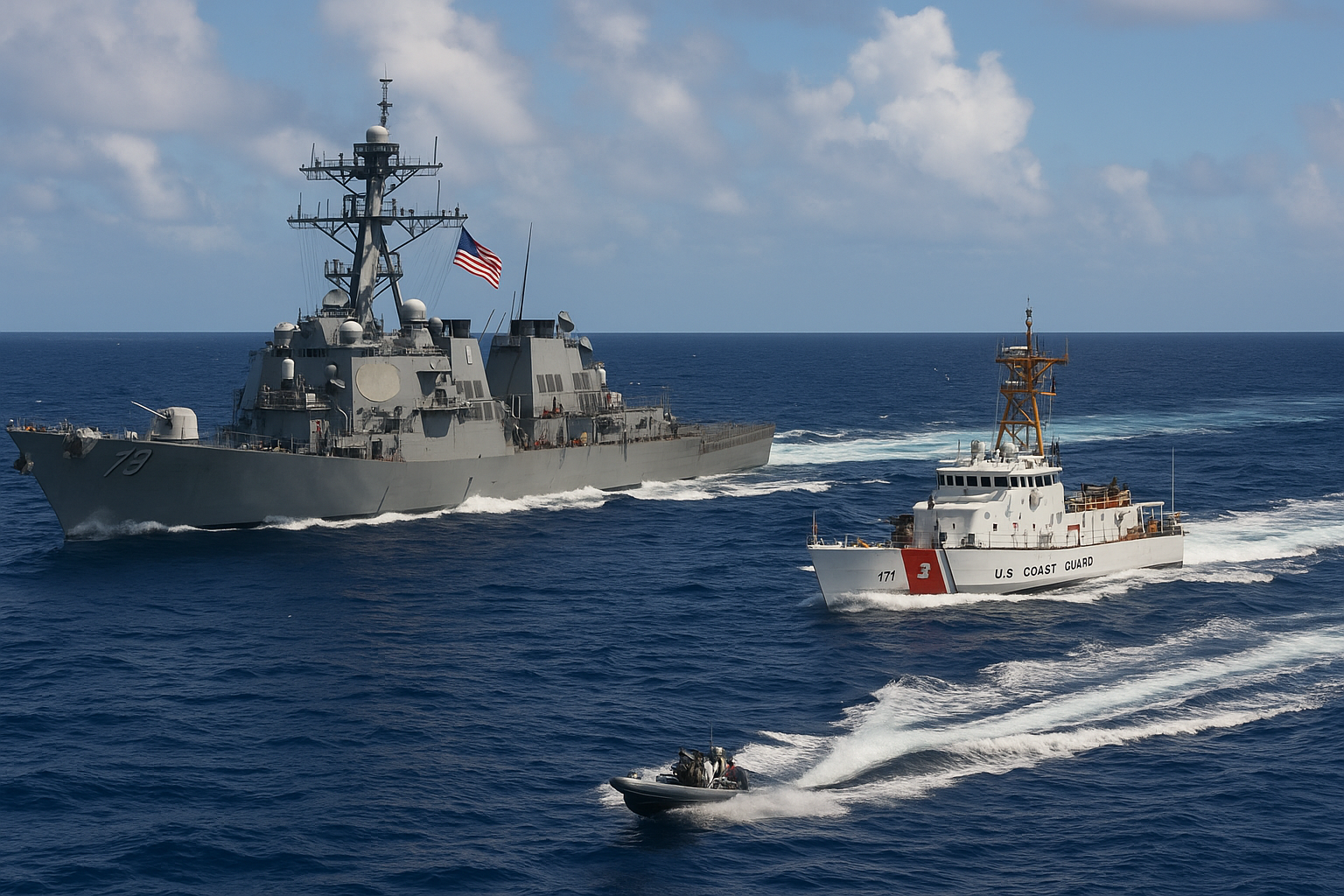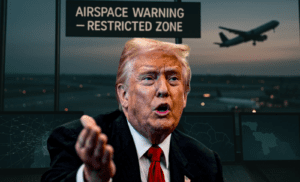The United States is intensifying its maritime border security efforts across the Atlantic and Caribbean, with the U.S. Navy and Coast Guard ramping up joint operations to combat transnational drug trafficking. This comes as more than $93 million in narcotics was recently offloaded in Florida, following a series of interdictions at sea, underscoring the scale of ongoing enforcement actions in international waters.
On July 18, the U.S. Coast Guard offloaded over 20,000 pounds of seized cocaine and marijuana in St. Petersburg. The drugs, intercepted during multiple patrols in the Caribbean Sea and eastern Pacific Ocean, were the result of coordinated efforts involving Coast Guard cutters, Navy vessels, and international partners. The operation reflects a broader commitment to preventing illegal narcotics from reaching U.S. shores and disrupting the logistics chains of smuggling networks.
These efforts are part of a larger framework under Operation Martillo, a multinational campaign led by Joint Interagency Task Force South (JIATF‑South) in Key West. The initiative combines aerial surveillance, maritime patrols, and rapid interdiction forces to detect, track, and board suspect vessels transporting illicit cargo.
One recent operation saw the USS Minneapolis–Saint Paul, a Littoral Combat Ship, working in tandem with Coast Guard Law Enforcement Detachment (LEDET) 406 and a helicopter detachment from HSM-50. Together, they seized approximately 3,750 pounds of cocaine and marijuana, with a street value of $12.3 million, which was later offloaded at Port Everglades during Fleet Week Fort Lauderdale.
In a separate interdiction, the Coast Guard Cutter Northland, alongside the Royal Canadian Navy’s HMCS William Hall and the Royal Netherlands Navy’s HNLMS Friesland, intercepted four vessels smuggling contraband. The multinational crew seized more than 2,200 pounds of cocaine and 3,300 pounds of marijuana, valued at $20.1 million, which was offloaded in Miami Beach.
Assets used in these operations include medium-endurance Coast Guard cutters like the Tampa and Northland, which serve as launch platforms for LEDETs and advanced helicopter units. Deployable Specialized Forces, such as HITRON (Helicopter Interdiction Tactical Squadron), play a critical role in high-risk boardings and pursuit operations.
The interdiction process is structured and multi-phased. Surveillance aircraft detect suspicious vessels, often so-called “go-fast boats.” Once identified, Coast Guard or Navy vessels deploy boarding teams, who execute the seizure and detain smugglers. The contraband is later delivered to U.S. ports, where it is processed and handed over to federal law enforcement agencies for further investigation and destruction.
Officials emphasize that these missions are vital to U.S. border security. Cmdr. Walter Krolman of the USCGC Tampa praised the integration between Navy and Coast Guard units, citing their effectiveness in countering narcotics trafficking. Cmdr. Brian Gismervik of the Northland highlighted the importance of international cooperation, noting that such operations “require the combined efforts of our joint force, Department of Defense, Department of Homeland Security, and our foreign partners.”
Despite recent successes, the challenges are significant. Cocaine production remains high in source countries, and traffickers continually adapt by modifying routes and vessel types. While Operation Martillo previously recorded peak seizures of over 160 metric tons in 2013, current patrol cycles are seizing between two and seven tons of narcotics, reflecting both progress and the evolving nature of smuggling operations.
Resource constraints, the vastness of the operating area, and the constant innovation of drug trafficking networks pose ongoing hurdles. However, through increased investment in surveillance technologies, multinational cooperation, and tactical maritime units, U.S. naval forces are reinforcing a proactive posture in defending the maritime border.
The latest drug offloads in Florida highlight the effectiveness of these coordinated operations and demonstrate the ongoing commitment of U.S. forces to disrupt transnational criminal networks. With enhanced surveillance, multinational partnerships, and rapid-response capabilities at sea, the United States is strengthening its maritime defenses and sending a clear signal that drug trafficking in the Atlantic and Caribbean will be met with firm and sustained action.














